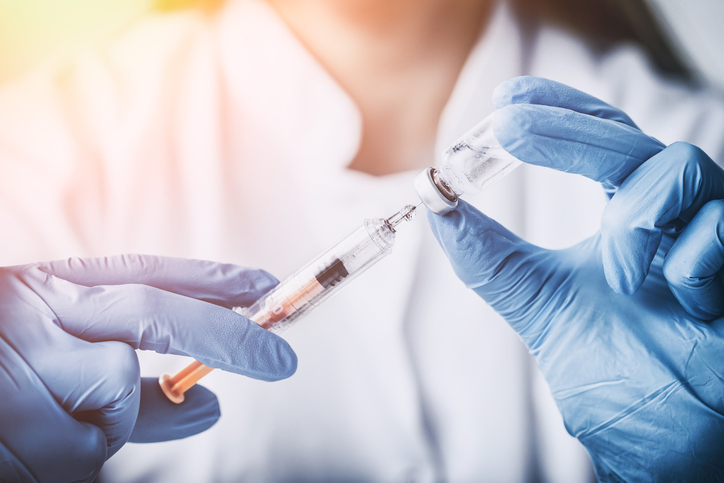
Georgia Bowen was born via emergency cesarean section and was found to have severe cardiac defects from a heart attack likely to have occurred in the womb. With a large portion of her cardiac muscle dead, doctors kept her alive with machinery and transported her to Boston Children’s Hospital to attempt the first mitochondrial transplant treatment for a heart attack.
Studies conducted on animals at Boston Children’s Hospital and various other research centers has shown that transporting mitochondria from healthy tissue to damaged heart tissue can restore cardiac function, however the only studies in humans testing this method were effective in reviving cardiac tissue in infants following surgery. Georgia’s cardiac damage resulting from her heart attack was much more profound than that arising from temporary blood loss during operation, making the transplant highly experimental in her case.
Dr. James McCully had conceived the concept of mitochondrial transplant as a means of restoring function in heart tissue that has been deprived of oxygen through testing with pig hearts. Hearing of his work, Dr. Emani teamed up with Dr. McCully to attempt the transplant in infants with cardiac damage after surgery who were put on an extracorporeal membrane oxygenator (Ecmo) to survive.
“It was amazing.”
Using tissue from the patient’s neck, the doctors isolated one billion mitochondria and injected them into her damaged cardiac tissue. Two days after the operation the patient’s heart resembled that of a healthy infant. These profound results led to the scientists performing the transplant in 11 other infants, all of whom able to discontinue Ecmo use after treatment. 3 of these infants died, however Dr. Emani attributes this to delayed treatment and infection. Death rates in infants who did not receive the treatment was 65%, with over a third of the surviving babies on heart transplant list.
Unfortunately, Georgia’s heart tissue was dead at the time of transplant, however the doctors were able to install an implant that allows the heart to beat. She can breath and drink breast milk through a tube on her own, and her heart is showing signs of healing.
Dr. Emani and his peers believe that injecting the mitochondria into blood vessels leading to the heart has the same effect as injecting them directly into the cardiac tissue, however they recognize that clinical trials must be conducted prior to confirming this claim.
#Mitochondria #transplants – sounds like science fiction bit apparently they work – they should be renamed as the Lazarus organelles. https://t.co/cJdnY6frqt https://t.co/k9cKTem5KD
— Norman Briffa MD ? (@Chestcracker) July 11, 2018
Source: NY Times


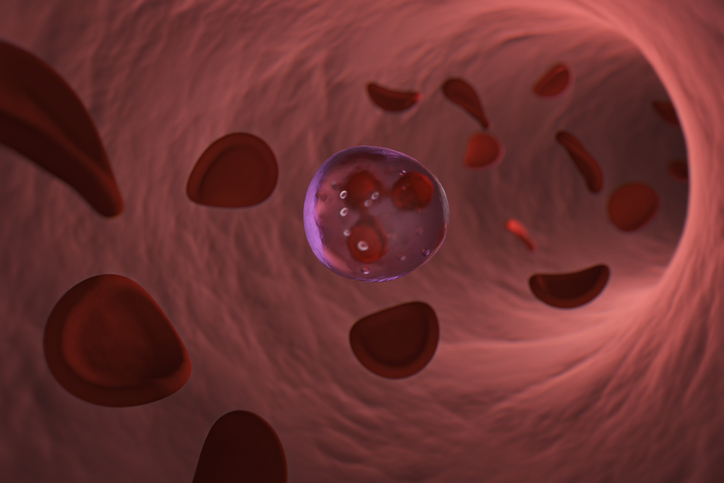
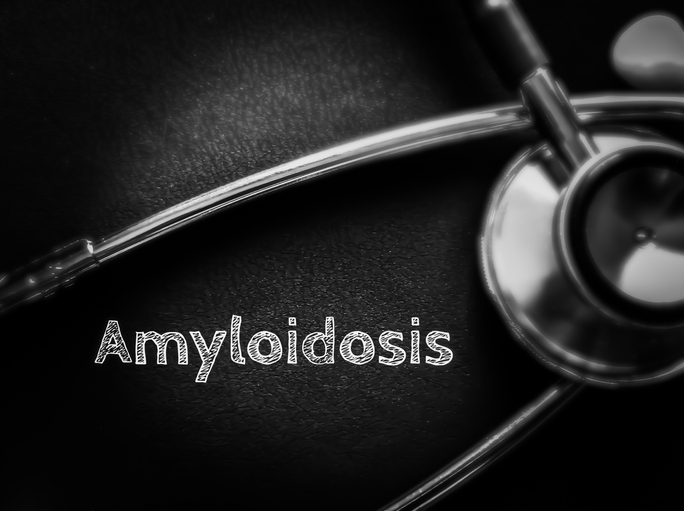
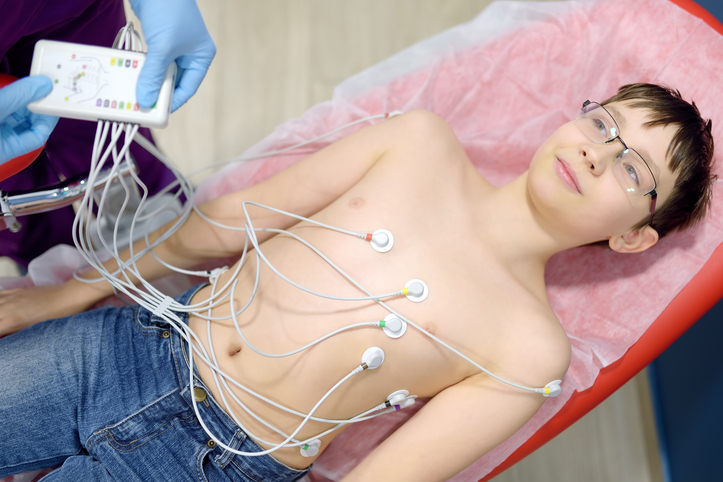
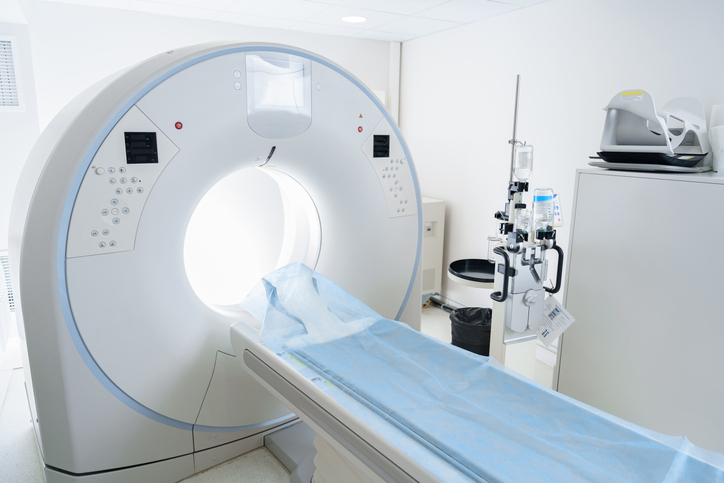

 © 2025 Mashup Media, LLC, a Formedics Property. All Rights Reserved.
© 2025 Mashup Media, LLC, a Formedics Property. All Rights Reserved.